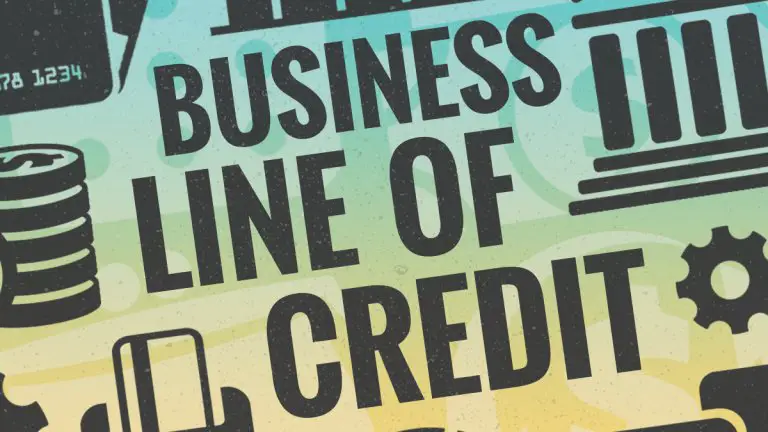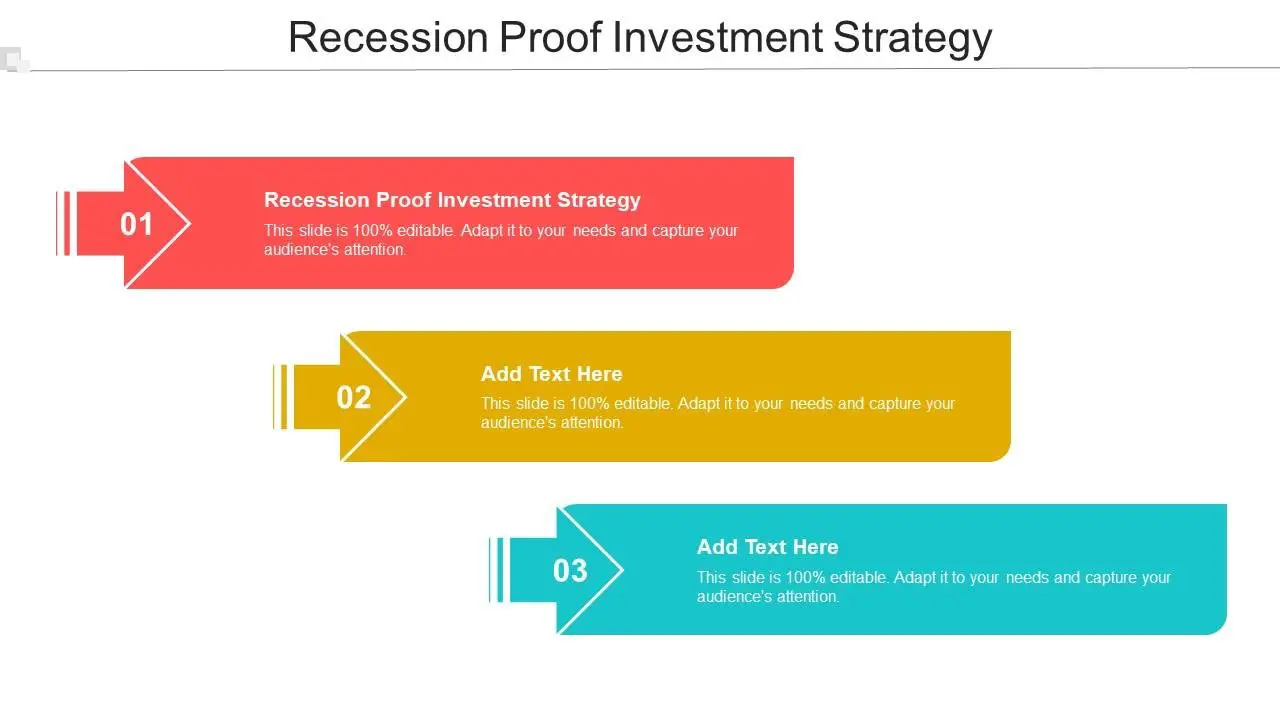If you’re a business owner looking for a flexible, convenient financing solution, then you may have come across the term “business line of credit.” But what exactly is a business line of credit, and how can it benefit you? In simple terms, a business line of credit is a predetermined amount of money that a lender sets aside for your business to borrow from as needed. It’s like having a safety net that allows you to access funds whenever you require them, without having to go through a lengthy loan approval process. Let’s delve deeper into what a business line of credit entails and why it could be a game-changer for your business.
What is a Business Line of Credit?
A business line of credit is a flexible financial tool that provides businesses with access to a predetermined amount of funds that can be borrowed on an as-needed basis. It is a revolving credit facility that allows businesses to withdraw funds up to the credit limit and repay them over time. Similar to a credit card, a line of credit offers businesses the convenience of borrowing money whenever necessary, without the need to reapply for a new loan each time.
How Does a Business Line of Credit Work?
When a business establishes a line of credit, the lender sets a credit limit based on various factors such as the business’s creditworthiness, revenue, and financial stability. The credit limit represents the maximum amount the business can borrow. Unlike a term loan where businesses receive a lump sum upfront, a line of credit grants access to a pool of funds that can be drawn upon whenever needed.
When a business requires funds, it can withdraw an amount from the available credit limit. This withdrawal is usually done through a check or a transfer to the business’s bank account. Interest is only charged on the amount borrowed, not on the entire credit limit. Once the borrowed amount is repaid, the credit becomes available again, allowing the business to reuse the line of credit as necessary.
Benefits of a Business Line of Credit
A business line of credit offers several advantages for businesses that may require additional funds to manage their operations or take advantage of growth opportunities. Some notable benefits include:
- Flexibility: A line of credit provides businesses with the flexibility to borrow funds as needed, allowing them to address short-term cash flow needs or unexpected expenses.
- Convenience: Businesses can access funds quickly and easily, without the lengthy application process associated with traditional loans.
- Cost-saving: Interest is only charged on the borrowed amount, making it a cost-effective financing solution compared to maintaining a large loan balance.
- Building credit: Consistently making timely repayments on a line of credit can help businesses establish and improve their credit scores, making it easier to access larger loans in the future.
- Working capital management: A line of credit can provide businesses with the working capital necessary to cover day-to-day expenses, manage seasonal fluctuations, or invest in inventory.
Types of Business Lines of Credit
There are different types of business lines of credit available, each tailored to suit specific business needs. Some common types include:
Secured Business Line of Credit:
A secured business line of credit requires businesses to provide collateral to secure the loan. Collateral can be in the form of business assets, such as real estate, inventory, or equipment. By providing collateral, businesses may be able to access larger credit limits and secure more favorable interest rates.
Unsecured Business Line of Credit:
In contrast to a secured line of credit, an unsecured business line of credit does not require collateral. Lenders evaluate the creditworthiness of the business, including factors such as credit history, revenue, and financial stability, to determine the credit limit and interest rate. Unsecured lines of credit are often preferred by smaller businesses or startups that may not have significant assets to use as collateral.
Revolving Business Line of Credit:
A revolving line of credit is the most common type. It allows businesses to borrow and repay funds multiple times within the credit limit without the need to reapply for a new loan. As long as the business makes timely repayments, the line of credit remains open and available for future borrowing.
Non-Revolving Business Line of Credit:
A non-revolving line of credit is a one-time loan that is repaid over a specific period with regular fixed payments. Once the borrowed amount is fully repaid, the line of credit is closed, and businesses cannot borrow more unless a new line of credit is established.
Uses of a Business Line of Credit
A business line of credit can be used for various purposes depending on the needs and goals of a business. Some common uses include:
- Working capital: A line of credit can help businesses cover day-to-day operating expenses, bridge cash flow gaps, and manage fluctuations in revenue.
- Inventory management: Businesses can use a line of credit to purchase inventory or raw materials, ensuring they have enough stock to meet customer demand.
- Equipment financing: A line of credit can be utilized to acquire or repair equipment essential to the business’s operations.
- Business expansion: When businesses encounter growth opportunities, a line of credit can provide the necessary funds to expand operations, open new locations, or invest in marketing and advertising.
- Emergency expenses: Unforeseen expenses, such as equipment breakdowns or repairs, can be covered by a line of credit, ensuring minimal disruption to the business.
Applying for a Business Line of Credit
To apply for a business line of credit, businesses typically need to follow these steps:
- Research and compare different lenders to find the best fit for their business requirements.
- Gather all the necessary documents, including financial statements, tax returns, bank statements, and an up-to-date business plan.
- Complete the lender’s application form, providing accurate and detailed information about the business.
- Submit the application along with the required documents for the lender’s review.
- Wait for the lender’s evaluation process, which may involve assessing the business’s creditworthiness, financial stability, and revenue projections.
- If approved, review the terms and conditions offered by the lender, including the interest rate, credit limit, and repayment schedule.
- Sign the agreement and establish the line of credit.
A business line of credit serves as a valuable financial tool that provides businesses with access to flexible funds when needed. It offers convenience, flexibility, and cost-saving benefits compared to traditional term loans. By understanding the types, uses, and application process of a business line of credit, businesses can make informed decisions and effectively manage their financial needs. Whether it’s covering day-to-day expenses, managing cash flow, or seizing growth opportunities, a business line of credit can be a crucial lifeline for businesses of all sizes.
Business Loan Vs Business Line Of Credit
Frequently Asked Questions
Frequently Asked Questions (FAQs)
What is a business line of credit?
A business line of credit is a flexible financing option that provides businesses with access to a predetermined amount of funds. It functions like a credit card, allowing businesses to borrow and repay funds as needed within the set credit limit.
How does a business line of credit work?
A business line of credit works by giving a business access to a certain amount of capital, which can be used for various purposes such as covering operational expenses, managing cash flow, purchasing inventory, or addressing unexpected emergencies. The business can draw funds from the line of credit as needed, and interest is only charged on the amount borrowed.
What are the advantages of a business line of credit?
A business line of credit offers several advantages, including flexibility in borrowing, as the funds can be accessed whenever required. It also allows businesses to build a credit history and may offer lower interest rates compared to other forms of financing. Additionally, it provides a safety net for unexpected expenses and helps businesses manage their cash flow effectively.
How can a business qualify for a line of credit?
To qualify for a business line of credit, lenders typically consider factors such as the business’s credit score, revenue history, profitability, and time in operation. They may also evaluate the personal credit scores and financial history of the business owners. Meeting these criteria and having a strong financial profile increases the chances of approval.
Is collateral required for a business line of credit?
Collateral requirements for a business line of credit vary among lenders. Some lenders may require collateral, such as real estate or business assets, to secure the credit line. However, certain lenders offer unsecured lines of credit, which do not require collateral but may have stricter eligibility criteria and higher interest rates.
Can a business line of credit be used for any purpose?
Yes, a business line of credit can typically be used for any legitimate business purpose. It can be utilized to cover day-to-day expenses, purchase inventory, manage seasonal fluctuations, invest in marketing campaigns, or expand operations. However, it is important to use the funds responsibly and in line with the terms agreed upon with the lender.
What is the difference between a business line of credit and a business loan?
Unlike a business loan, which provides a lump sum of money that is repaid over a fixed term, a business line of credit provides access to funds that can be borrowed and repaid multiple times within the credit limit. With a line of credit, businesses only pay interest on the amount borrowed, whereas a loan typically accrues interest on the entire loan amount.
How does the repayment of a business line of credit work?
The repayment terms of a business line of credit vary among lenders. Usually, there is a minimum payment required each month, consisting of the interest accrued and a portion of the principal borrowed. As the business repays the borrowed amount, the available credit increases, allowing for future borrowing.
Final Thoughts
A business line of credit is a flexible financing solution that allows businesses to access funds up to a predetermined credit limit. It provides quick access to capital for covering operational expenses, purchasing inventory, or funding growth opportunities. With a business line of credit, you can borrow and repay funds as needed, only paying interest on the amount you use. This type of credit offers greater flexibility compared to traditional loans, as you can continuously borrow and repay within the credit limit. A business line of credit is an essential financial tool for businesses looking for easy access to working capital and managing cash flow effectively.



